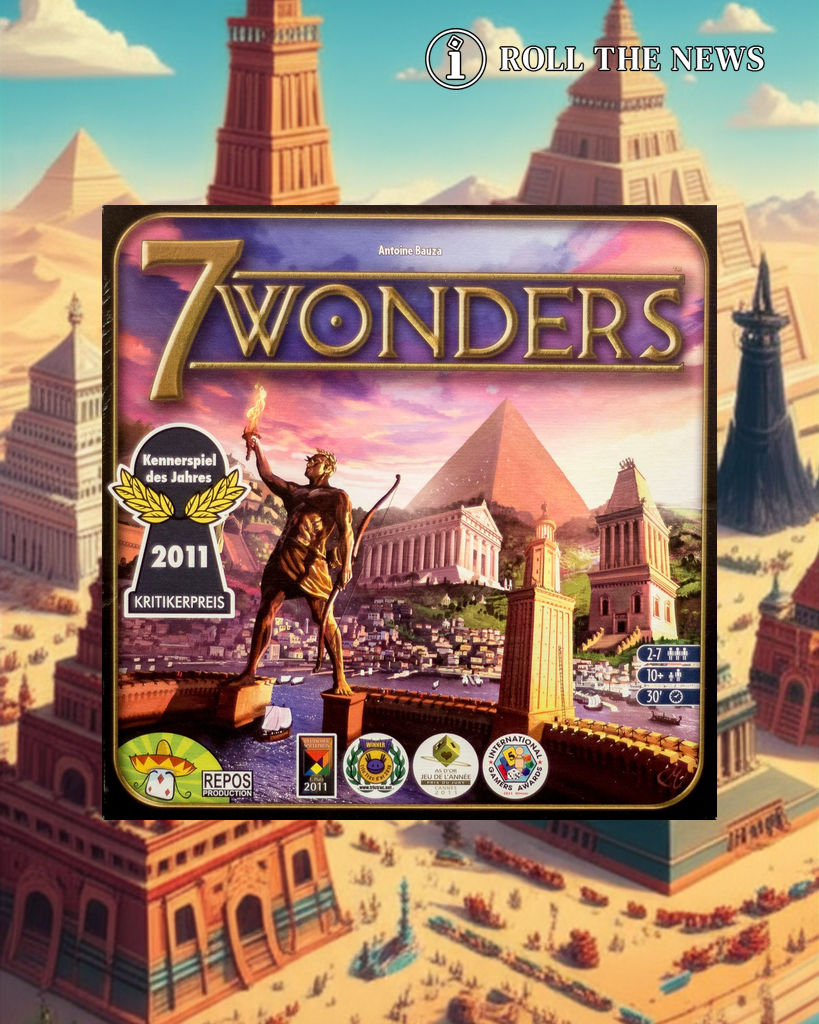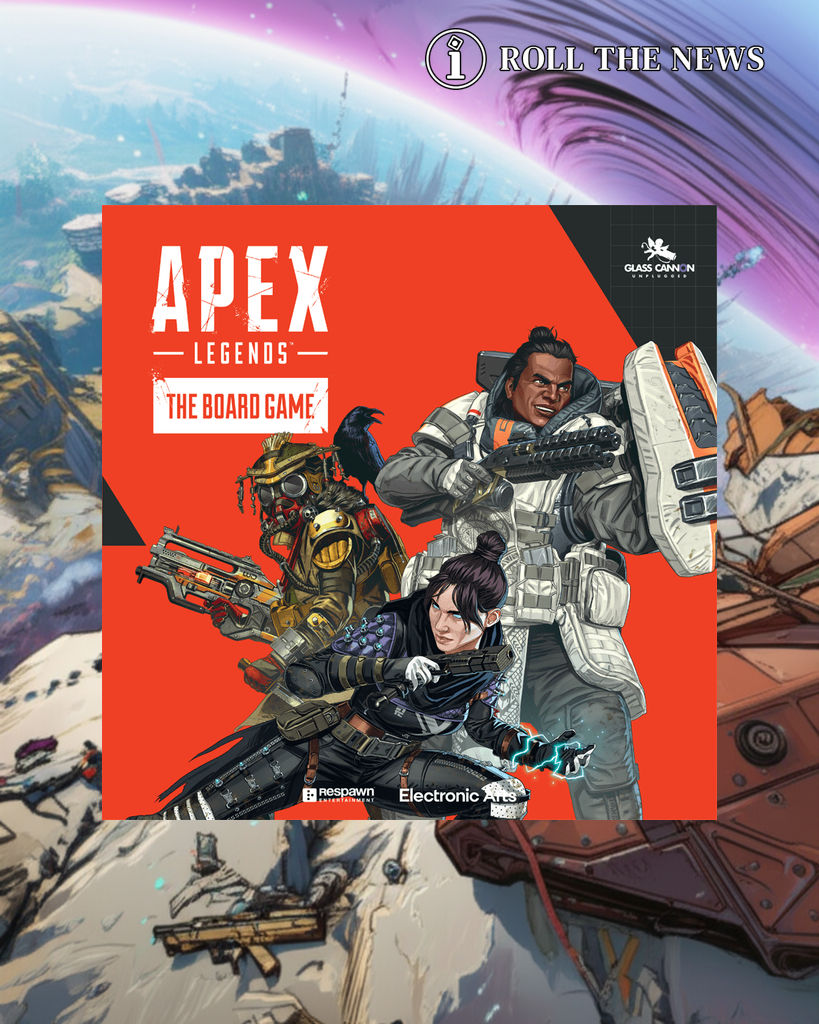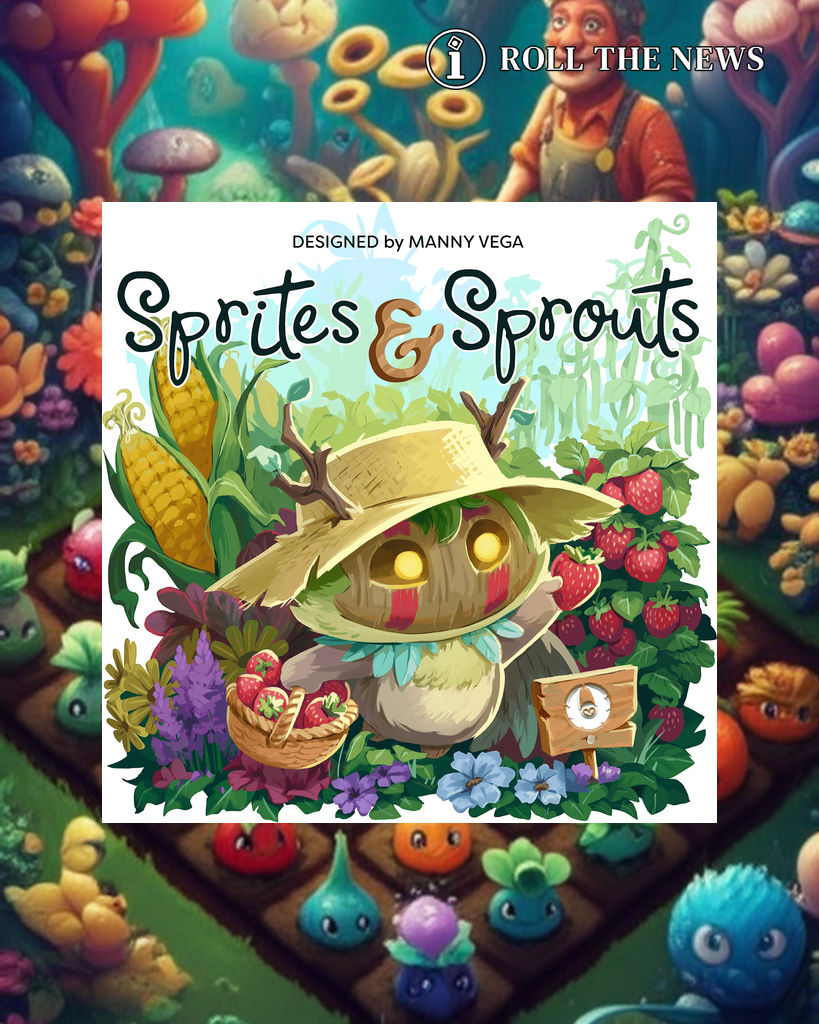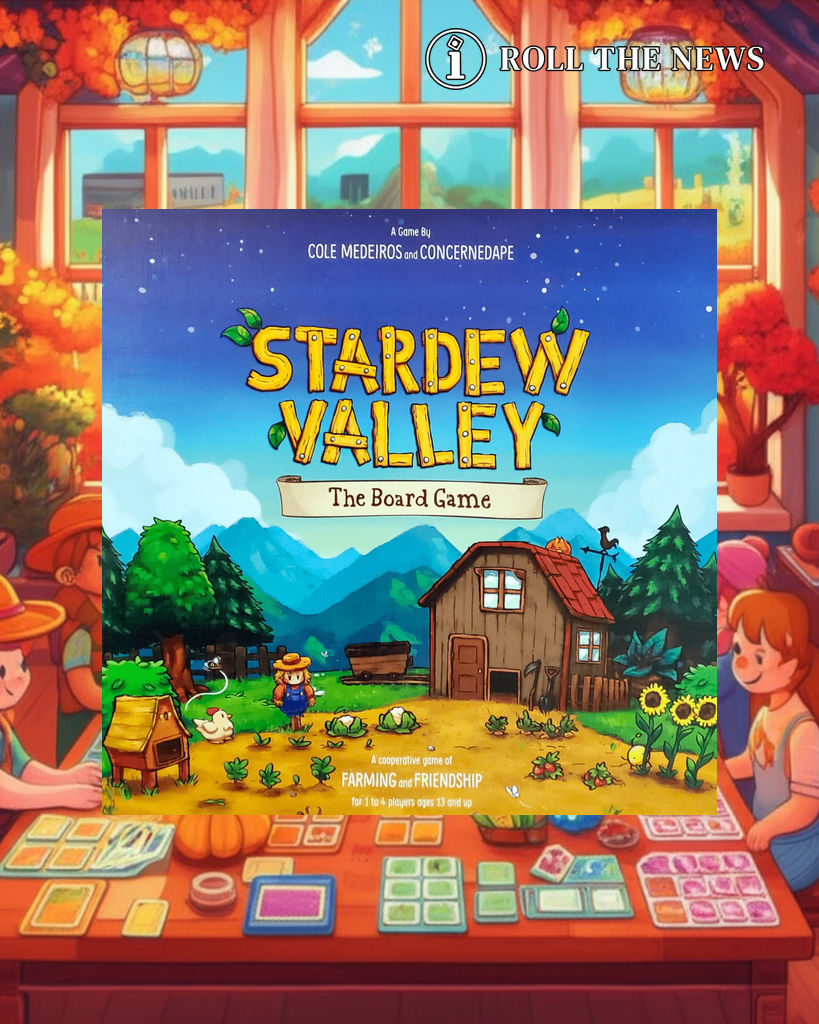Blog
-

Terraforming Mars
Terraforming Mars is a board game set in the 25th century where players take on the roles of competing corporations tasked with transforming the Martian environment into one suitable for human habitation. The game simulates the large-scale engineering projects and economic competition inherent in such an undertaking, with players striving not only to contribute to the terraforming process itself, but also to secure victory points through various means including infrastructure development and technological advancements. The game’s setting provides a thematic framework for strategic gameplay, rather than dictating specific actions or outcomes. Gameplay revolves around resource management and card drafting. Players acquire and play project cards, each offering unique benefits and requirements, to increase their production of resources such as steel, titanium, and energy. These resources are used to fund further projects and contribute to raising the planet’s temperature, oxygen level, and ocean coverage. Strategic card selection is crucial, as players must balance immediate gains with long-term investments. The game utilizes a turn-based system with multiple phases, including a research phase for acquiring new cards, an action phase allowing diverse gameplay options, and a production phase that generates resources based on a player’s development. The game concludes once pre-defined terraforming parameters are met, with the corporation accumulating the most victory points declared the victor. -

Ark Nova
Ark Nova is a board game centered around the theme of zoological management and conservation. Players take on the roles of zoo directors, competing to establish the most prestigious and scientifically successful zoological institutions. The game simulates the challenges and rewards of acquiring diverse animal species, constructing appropriate habitats, securing funding through sponsorships, and contributing to global conservation efforts. Success hinges on careful planning, strategic resource management, and the skillful utilization of specialist expertise. Gameplay in Ark Nova revolves around a hand management system utilizing five action cards: Cards, Build, Animals, Association, and Sponsors. Each card’s potency is determined by its placement within the player’s action slots, creating strategic choices for each turn. The core mechanic involves acquiring and strategically deploying a vast array of 255 cards representing animals, specialists, enclosures, and conservation projects, each with unique abilities affecting various aspects of the zoo’s development and scoring. Players earn points through fulfilling conservation objectives, attracting visitors, and achieving scientific breakthroughs, ultimately vying for the title of the world’s foremost zoological authority. -

7 Wonders
7 Wonders is set in the Ancient World, placing players in the role of leaders vying for supremacy amongst seven great cities. The game focuses on the development and expansion of these cities through strategic resource management, military prowess, and the construction of magnificent wonders. While a historical theme is present, the core gameplay mechanics prioritize strategic choices over strict historical accuracy. The ultimate goal is to amass the most victory points by the end of three distinct ages, representing periods of significant growth and development. Gameplay revolves around a card drafting mechanism spread over three ages. Each age presents players with a selection of cards offering diverse benefits, from resource acquisition and commercial advancements to military might and civic development. Players simultaneously select a card, then pass the remaining cards to an adjacent player, creating a dynamic interplay of individual strategy and reactive adjustments to opponents’ moves. This process is repeated until a set number of cards are collected in each age. The game concludes after three ages, with victory determined by a comprehensive point tally reflecting the overall development and achievements of each player’s city. -

Ark Nova: Marine Worlds
Ark Nova: Marine Worlds is an expansion for the board game Ark Nova, focusing on the establishment and management of marine-themed exhibits within existing zoological parks. The expansion introduces a new layer of complexity to the base game by requiring players to strategically incorporate marine animals, categorized as either reef dwellers or open ocean species, into their zoos. Specific considerations include the construction of appropriate enclosures, adjacency to water features, and the unique abilities triggered by the inclusion of reef dwelling animals. The thematic focus is on expanding the scope of wildlife conservation to encompass marine ecosystems. Gameplay mechanics in Ark Nova: Marine Worlds involve the introduction of new cards featuring wave icons, impacting hand management through a discard and replenish mechanic. A new university and associated special universities add strategic depth to the research aspect of the game, influencing card acquisition and bonus acquisition. The expansion also provides alternate versions of existing action cards and additional bonus tiles and scoring cards, increasing variability and asymmetry between player experiences. Finally, new components such as alternate wooden trackers and animal markers provide a visually distinct component to the expanded game. -

Star Wars: Battle of Hoth
Star Wars: Battle of Hoth is a tabletop wargame meticulously recreating the iconic battle on the ice planet Hoth from Star Wars: The Empire Strikes Back. The game faithfully depicts the clash between the Rebel Alliance and the Imperial forces, allowing players to relive this pivotal moment in cinematic history through tactical miniature combat. Seventeen distinct scenarios are included, offering diverse strategic challenges and replayability. Gameplay utilizes the Command & Colors system, a turn-based mechanism where players strategically select command cards to dictate unit movement and attacks. Each card presents a range of options, forcing players to carefully consider their actions and anticipate their opponent’s responses. The inclusion of leader cards, representing iconic Star Wars characters, provides additional tactical depth and strategic variation. Furthermore, two extensive multi-scenario campaigns offer a more immersive and interconnected playing experience. -

SETI: Space Agencies
SETI: Space Agencies is an expansion for the board game SETI: Search for Extraterrestrial Intelligence, focusing on the theme of competing space agencies in the search for extraterrestrial life. Players take on the roles of leaders of diverse organizations, each possessing unique strengths, weaknesses, and starting conditions, influencing their approach to research and discovery. The expansion introduces new alien species and project cards based on real-world scientific endeavors, significantly increasing strategic depth and replayability. This results in a richer, more nuanced experience within the established framework of the original game. Gameplay involves managing resources, conducting research, and strategically deploying actions to locate and analyze alien signals. The expansion introduces asymmetric gameplay through unique agency abilities, impacting resource management and strategic options. The inclusion of “Quick Start” cards streamlines the opening phases, particularly for lower player counts. Additionally, signal tokens are incorporated as a new mechanic, affecting the efficiency of scanning for extraterrestrial intelligence. The expansion seamlessly integrates these new elements with existing game mechanics, enhancing the overall strategic complexity while remaining consistent with the core gameplay loop of the base game. -

Vantage
Vantage is a cooperative adventure game set on an uncharted planet. The game eschews a fixed narrative, instead offering players a sprawling, open-world environment to explore collaboratively. The focus is on the shared experience of discovery and the challenges inherent in coordinating actions across a vast, interconnected landscape. The lack of a prescribed storyline allows for emergent gameplay and replayability, encouraging players to forge their own paths and adventures within the game’s expansive world. Gameplay in Vantage centers on the exploration of a planet represented by hundreds of interconnected location cards. Players, separated geographically, view the world from a first-person perspective, communicating to coordinate their efforts and overcome challenges. The game utilizes a card-driven system, with location cards determining the available actions and interactions at each point in the journey. Strategic planning and effective communication are vital for success, as players must work together to navigate the planet’s diverse and unpredictable landscape. The game concludes when a shared objective, inherent in the starting scenario, is achieved. -

Apex Legends: The Board Game
Apex Legends: The Board Game is a competitive miniatures game set within the fictional world of the Apex Games. Players take on the roles of individual Legends, each possessing unique abilities and fighting styles, and compete in squads to be the last team standing. The game faithfully recreates the intensity and strategic depth of the video game, focusing on the final circle combat within the iconic Kings Canyon map. The thematic elements draw heavily from the source material, featuring familiar characters and locations, creating a recognizable setting for players acquainted with the digital game. Gameplay revolves around squad activation, where players sequentially deploy their Legend’s actions and abilities. Strategic movement across the board is crucial, as is resource management, including ammunition and tactical positioning. The game emphasizes tactical combat, requiring players to utilize their Legend’s unique skills in concert with their teammates to gain an advantage over opponents. Success hinges on careful planning, adaptable strategy, and a degree of luck inherent in the unpredictable nature of combat encounters. -

Sprites & Sprouts
Sprites & Sprouts is a game centered around the theme of magical farming. Players embody Sprites assisting a Farmer in cultivating sprouts across changing seasons. The game presents a whimsical setting where strategic planning and adaptation to unpredictable events are key to success. The narrative unfolds through a series of rounds mirroring the Farmer’s journey, creating a thematic experience within the gameplay. Gameplay involves a turn-based system with distinct Sunrise and Sunset phases. During the Sunrise phase, players strategically deploy their Sprite workers to perform actions such as planting, tending, preparing, or using magic on an 8×8 game board filled with Sproutling tiles. These actions allow for manipulation of the board state to complete Crop Challenge cards, awarding points and abilities. The Sunset phase introduces a harvesting mechanic, removing portions of the board and forcing players to react to changing conditions. The game concludes with a final scoring, determining the most successful Sprite. -

Stardew Valley: The Board Game
Stardew Valley: The Board Game is a cooperative game centered on the theme of farming and community building, mirroring the popular video game of the same name. Players take on the roles of farmers working together to revitalize the Stardew Valley and thwart the encroaching JojaMart Corporation. The overarching objective is to collaboratively fulfill Grandpa’s Goals and restore the Community Center before time runs out, emphasizing teamwork and shared responsibility for success. The game’s narrative is driven by the changing seasons, creating a dynamic and evolving gameplay experience. Gameplay revolves around a worker-placement mechanic where players strategically allocate their actions across various locations within the valley. Each turn, a Season card dictates events influencing resource availability and challenges. Players utilize dice rolls and resource collection to cultivate crops, fish, mine, and forge friendships, thereby accumulating resources needed to complete objectives. The limited number of turns, dictated by the Season deck, introduces a time constraint adding pressure to efficient resource management and cooperative decision-making. The game concludes upon the depletion of the Season deck, at which point the players’ success or failure is determined.